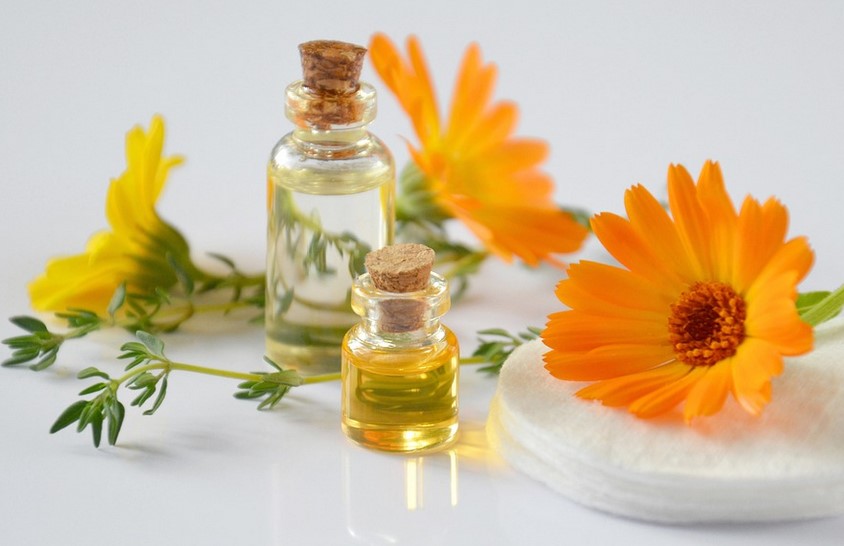Introduction
Bee balm, also known as Monarda, is a popular herb in gardens due to its beautiful flowers and medicinal properties. But have you ever wondered how tall this herb can grow? In this article, we will discuss the average height of bee balm, factors that affect its growth, and tips on how to maintain it.
What is Bee Balm?
Bee balm is a herbaceous perennial plant that belongs to the mint family. It is native to North America and can grow up to 4 feet in height. The plant has square stems, lance-shaped leaves, and tubular flowers that bloom in various colors, including pink, red, purple, and white.
How Tall Can Bee Balm Grow?
The average height of bee balm is about 2 to 4 feet. However, some species can grow taller than that. For instance, Monarda didyma, also known as Scarlet Bee Balm, can grow up to 6 feet in height. On the other hand, Monarda punctata, also called Spotted Bee Balm, is relatively short and can grow up to 2 feet only.
Factors That Affect Bee Balm’s Growth
Several factors can affect the growth of bee balm. These include:
Soil Type
Bee balm grows best in fertile, well-draining soil. It prefers a slightly acidic to neutral pH level of about 6.0 to 7.5. The soil should also be rich in organic matter, such as compost or aged manure.
Watering
Bee balm requires consistent moisture, especially during the hot and dry summer months. However, overwatering can lead to root rot, so make sure to water the plant only when the soil is dry to the touch.
Sunlight
Bee balm prefers full sun to partial shade. It needs at least 6 hours of direct sunlight per day to thrive. However, too much shade can cause the plant to grow weak and leggy.
Temperature
Bee balm is a hardy plant that can tolerate a wide range of temperatures. However, it grows best in moderate temperatures, between 60°F to 75°F.
Tips on How to Maintain Bee Balm
To ensure that your bee balm grows healthy and strong, here are some tips you can follow:
Pruning
Prune bee balm regularly to promote bushier growth and prevent legginess. You can cut back the stems by about one-third in early spring or after the first bloom.
Fertilizing
Fertilize bee balm with a balanced fertilizer, such as 10-10-10, in early spring and midsummer. Avoid using high-nitrogen fertilizers, as they can promote leafy growth at the expense of flowers.
Pest Control
Bee balm is susceptible to several pests, including spider mites, aphids, and powdery mildew. To control these pests, you can use insecticidal soap or neem oil. Also, make sure to remove any infected or diseased plant parts promptly.
Conclusion
Bee balm is a beautiful and beneficial herb that can add color and fragrance to your garden. Although its height varies depending on the species and growing conditions, you can ensure that it grows healthy and strong by providing it with the right soil, water, sunlight, and temperature. By following the tips mentioned in this article, you can enjoy a thriving bee balm plant in 2023 and beyond.

